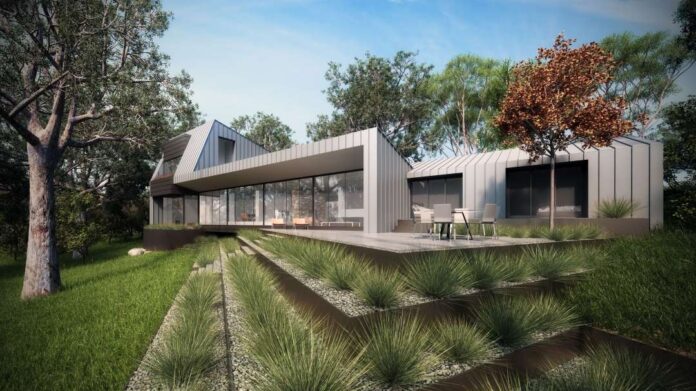
Render the dream house of your clients, render a design story that provokes emotions, render the spaces where life happens.
A building is a collection of structures, walls, floors, ceilings, windows, and doors. All of this expertly crafted forms a perfect set of functions and forms.
However, when viewing the 3D model, you may have the feeling that something is missing. Perhaps it does not transmit the energy and atmosphere of space and its surroundings. It may not arouse the emotions that make you want to be there. Whatever it is, there is something in life that is not easy to show in CAD.
Tips for attractive architectural portfolio
Following are the things that you must keep in mind in order to create a professional architecture portfolio that would stand out:
Showcase creativity with small objects
You can bring your idea to life and tell an immersive story that takes design from paper to real life with 3d architectural rendering. A story that sparks the imagination and helps clients fully visualize how life might unfold in that space.
From experiences shared with others to objects that decorate the home, life is full of sensations. The sofa, the coffee table and the chairs in the living room, for example, become a key point where families share moments.
Papers, pens, and books are strewn across a home office desk, along with used coffee cups and photos of loved ones. In the kitchen, the kettle boils and toast comes out of the toaster, signaling the beginning of a new day.
They are not just objects, they are reflections of life and fill spaces with character.
Focus on viewers emotions
You can render more than a building. Render the house your client dreamed of, render a design story that awakens emotions, render the space where life happens.
You can let your creativity fly and tell the story that happens in a room, in a building or even in the whole project, exactly how you have imagined it.
Add characters
These fun non-animated characters are great for showing the scene’s ambience, scale, and feel for the project, whether it’s a bather relaxing on the grass, a child gazing in wonder, or a couple enjoying a beautiful view.
Build stimulating, strong, and stress-free relationships
Architecture has always been a collaborative effort, requiring teams of professionals to develop designs, choose materials, connect with suppliers, submit bids, keep clients happy, search for new projects, etc.
On a smaller scale, just think of all the people involved in developing and building your average project. Generally, you will have to work with your colleagues, the client, the communities that will live near the project, the city council, the corporate interests, the construction teams … and many more.
By following the above-mentioned tips you can create a portfolio that is attractive for your client and would help you to gain orders. Moreover, we always recommend you to add your own creativity for more reasonable results.





